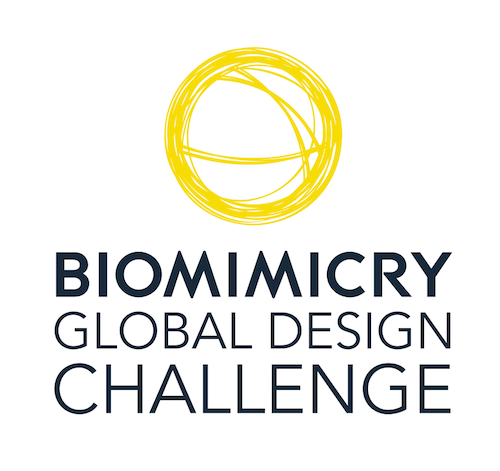by Vanessa Warheit, Bioneers Communications Manager
This post originally appeared on the Bioneers’ blog.
Seven teams from the 2015 Biomimicry Global Design Challenge – hailing from Chile, Thailand, Slovakia, Italy, and the USA – Skyped in to discuss their projects and share their experiences rethinking the global food system using nature-inspired design. The teams will be presenting at the upcoming Biomimicry Pitch Event and Technology Showcase in San Francisco on October 20, and one lucky team will be awarded the $100,000 Ray C. Anderson “Ray of Hope” Prize at this year’s Bioneers Conference on October 22. Join us at the conference to meet these young change-makers in person!
Alison Lewis and Casey Howard – Living Filtration System – USA
The Living Filtration System is a closed-loop drainage system that uses soil micro-organisms to retain nutrients in the soil, so that they can be absorbed by plants rather than leaving fields as runoff. Learn more »
“I would love to see this turn into a non-profit or a benefit corporation, so we can really maintain that mission that we started with, of mitigating the environmental impacts, and having that be the bottom line.”
Michelle Leach – Oasis Aquaponic System – USA/Central America
The Oasis is a low-cost, solar-powered aquaponics system capable of producing at minimum 200 pounds of Tilapia and 200 pounds of tomatoes or other vegetables annually. Learn more »
“Looking to nature really helped us to overcome some big problems with our design. I’m not sure that we would have found a way around those problems without being able to take that step back and say, “How would nature do this? Is there a simpler way to do this?”
Pat Pataranutaporn – Jube: Bio-Inspired Solution – Thailand
Jube uses local, natural materials and a design based on carniverous plants to trap edible insects. Learn more »
“I started this project by looking at nature, and now I feel I’m more connected with nature, and I keep getting new ideas – not just for this project but for new projects and beyond.”
Camila Hernandez & Camila Gratacos – BioNurse – Chile
BioNurse is a device made from a biodegradable container and biological contents appropriate to each site. It is designed to restore degraded soils, improve moisture retention, and increase food production. Learn more »
“We took inspiration from the yareta, a ‘nurse plant’ that grows in the Andes mountains in a harsh environment. This plant gives the optimal conditions for growing different species inside them.”
Felipe Hernandez – Hexagro – Italy
Hexagro is a modular, groundless, tree-like agriculture system designed to bring farming into urban homes and create digitally-connected urban agriculture communities. Learn more »
“Nature was the key solution to our product, because it showed us the way to be more efficient on a product and system level.”
Frantisek Toth and Zuzana Tončíková – BioCultivator – Slovakia
Inspired by the Texas Horned Lizard, which has adapted to arid climates by absorbing water vapor through its skin, BioCultivator is a self-contained, self-irrigating balcony gardening solution. Learn more »
“Before I knew about biomimicry, for me organic design was only about the shape of the product, only about external appearance. But now, when I use a biomimicry approach, I realize that it is about interdisciplinary cooperation.”
Alessandro Bianciardi – Mangrove Still – Italy
The Mangrove Still is a modular desalinization and water purification system, built with recyclable and re-usable materials, inspired by coastal mangrove ecosystems. Learn more »
“Nature is the only real example of sustainability that we have.”

